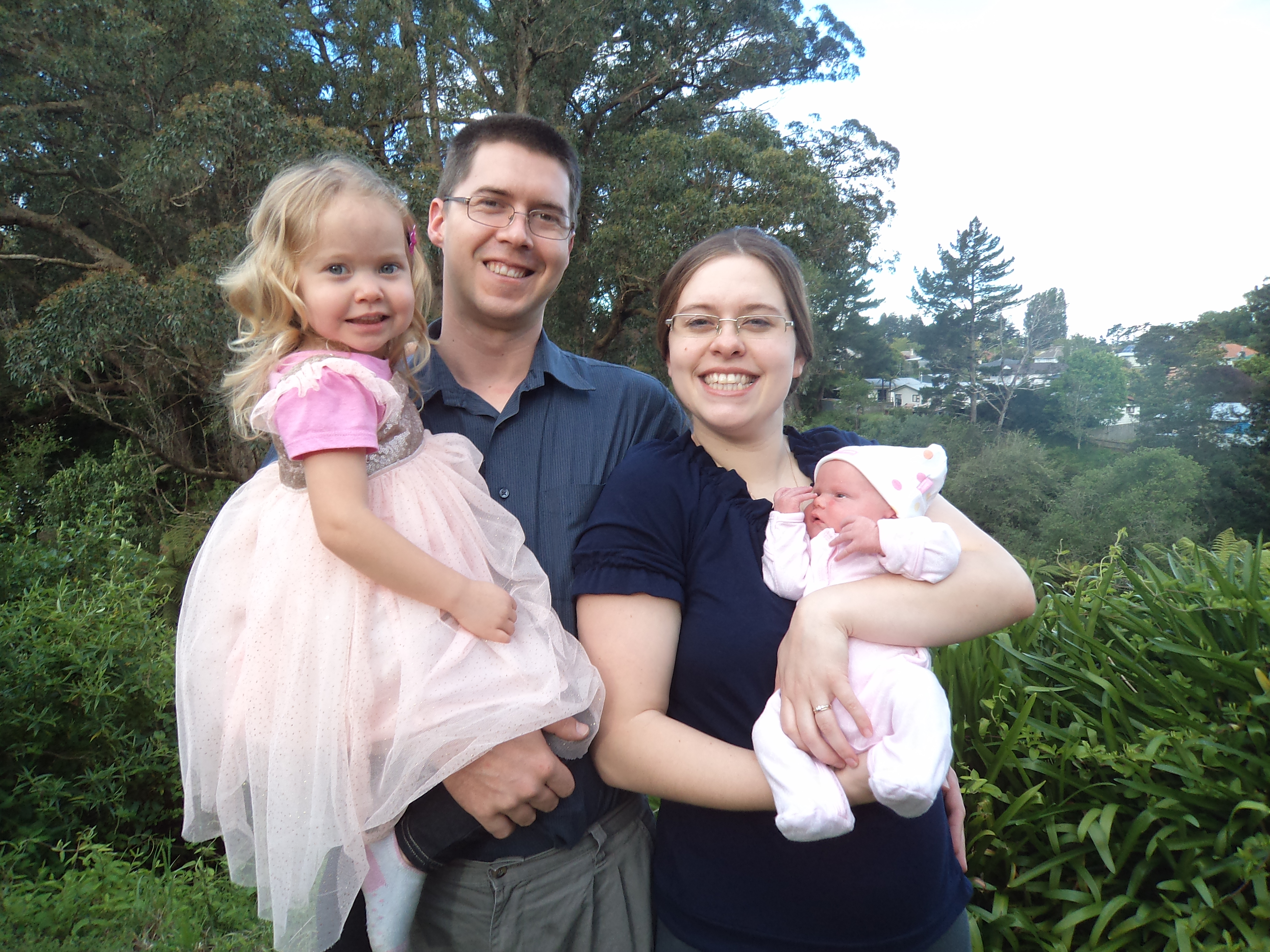 With great joy we share the news that Josiah (MSc alum and current PhD candidate in the Physical Acoustics Lab) and Kinga are now the proud parents of two daughters! Xylia’s new little sister is named Nadzieja.
With great joy we share the news that Josiah (MSc alum and current PhD candidate in the Physical Acoustics Lab) and Kinga are now the proud parents of two daughters! Xylia’s new little sister is named Nadzieja.
Category: PALNews (page 6 of 9)
Already on a roll, Sam Hitchman entered the Faculty of Science postgraduate poster competition. His poster on laser ultrasonic investigations of apple ripeness was awarded “high distinction.” We congratulate Sam with this top-8 finish in a field of 65 posters in contention!
 During the Summer school on biomedical imaging organised by Excite in Zurich, Jami has won the student poster competition for her work on Gas Coupled Laser Acoustic Detection (GCLAD). It was an SPIE student travel award and a Dodd-Wall Centre travel award that helped her attend the meeting. Congratulations to Jami on the plethora of awards!
During the Summer school on biomedical imaging organised by Excite in Zurich, Jami has won the student poster competition for her work on Gas Coupled Laser Acoustic Detection (GCLAD). It was an SPIE student travel award and a Dodd-Wall Centre travel award that helped her attend the meeting. Congratulations to Jami on the plethora of awards!
Sam Hitchman has placed second in the university’s 3 Minute Thesis Competition, for a three minute presentation of his work on laser ultrasound on apples. The award is proof of Sam’s impressive versatility that ranges from the technical aspects in the lab, to his abilities to communicate his exciting research. Congratulations from all the PALs, Sam!
Students of the PAL lab have become the first apple seismologists after publishing our paper on acoustic monitoring of apples using laser ultrasound in Postharvest Biology and Technology. This paper shows how to infer an apples firmness using elastic wave propagation, a technique developed by seismologists to interrogate the earth using earthquakes. In this case we generate and detect ‘applequakes‘ using high energy lasers and sensitive detectors. Congratulations to Sam and Zoe for completing such an interdisciplinary project.
Our paper on our home-built Laser Doppler Vibrometer, led by Sam Hitchman, was selected a European Journal of Physics Highlight of 2015. Congratulations to the team, and especially to Sam, for this honour. It is a testament of Sam’s talents that his first peer-reviewed publication was “….chosen for its outstanding quality and valuable contribution to the physics-teaching community.”
During this year’s SPIE conference in California, Jami Johnson presented work on GCLAD and her imaging efforts with our colleagues Joost van der Neut and Jeff Shragge. As you can see below, she also managed to find some time to visit two alumni of the PAL — and Geophysics programme at UoA — at their new home in Palo Alto, CA: our good friends Leighton Watson and Jackson MacFarlane!

 One of our recent highlights is the graduation of Zoe Davidson. She completed her Btech in Opto-electronics with a project in the Physical Acoustics Lab on monitoring the ripeness of fruit. Every day, Zoe carefully recorded laser ultrasonic wavefields on a Braeburn apple. She was able to make quantitative inferences on the (an)elastic properties of the apple, and their time-lapse behaviour. She found, for example, that the elasticity of her apple deteriorated at roughly 1% per day at room conditions. The image above shows part of her wave fields for a suite of consecutive days (legend in hours); you can clearly see the systematic slowing of the waves as the apple grows older.
One of our recent highlights is the graduation of Zoe Davidson. She completed her Btech in Opto-electronics with a project in the Physical Acoustics Lab on monitoring the ripeness of fruit. Every day, Zoe carefully recorded laser ultrasonic wavefields on a Braeburn apple. She was able to make quantitative inferences on the (an)elastic properties of the apple, and their time-lapse behaviour. She found, for example, that the elasticity of her apple deteriorated at roughly 1% per day at room conditions. The image above shows part of her wave fields for a suite of consecutive days (legend in hours); you can clearly see the systematic slowing of the waves as the apple grows older.
Last Friday, we had a small celebration of the opening of our newly renovated space in the basement (B50-B52) of building 301 for the PAL and Physics of Rocks (PORO) lab. Members of the labs showcased their research to guests that included our Dean and Deputy Dean of Science (Professors John Hosking and Jim Metson, respectively) as well as Professor Paul Kench, Head of School of Environment. Discussions spanning research on the state of the Alpine Fault, resonating ice cores, medical imaging, all the way to testing the ripeness of fruit from apple quakes made for a successful afternoon, and we hope this event showed our appreciation for the hard work of all the people who made our labs a reality.
Sam Hitchman‘s project on developing a laser Doppler vibrometer (LDV) has been published in the European Journal of Physics! This paper lays out the detailed workings, parts, and the design of this device as an open-source (OS) hardware project to measure particle velocities in a non-contacting way. We hope this paper will be the starting point for OSLDVs to be built, used, and improved by researchers around the world!





